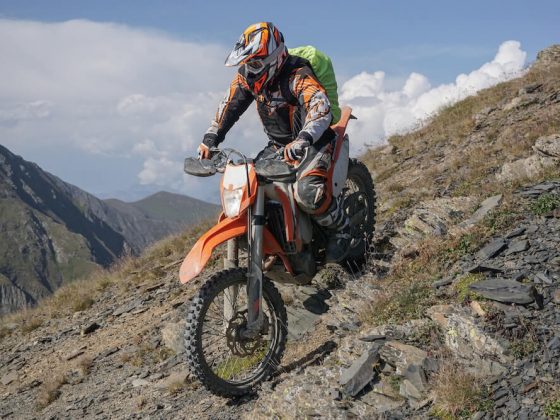No matter how experienced you are at driving, chances are you aren’t aware of all the techniques and tips that can make driving safer and easier for you. Both new and competent drivers should take the time to improve their driving skills so that they can stay out of harm’s way and feel more comfortable when cruising the roads.
Use eTags© to Quickly Complete Your DMV Service. Renewals, Title Transfers and More, All Online!
Here are some tips for new drivers that you likely won’t learn in driving school:
Check All Your Mirrors for Proper Adjustment
Before you start driving, you should check all your mirrors to ensure they’re properly adjusted. If your mirrors aren’t adjusted properly, there will be a blind spot. A blind spot is a part of the road that you can’t see in your mirrors. You should adjust all of your car’s side-view mirrors so that your vehicle isn’t visible in any of them.
One way that you can check if you have a blind spot is by driving in reverse past a parked car. Look at the side-view mirror as you drive. Once you can’t see the parked car in your mirror, you should be able to see it with your peripheral vision. If this is not the case, you have a blind spot.
Learn to Know Where Your Wheels Are
Part of being an adapt driver is knowing how to avoid potholes in the road. An adapt driver is also good at avoiding scratches on their hubcaps when parking their vehicle.
Therefore, it is essential that you learn to know where your wheels are. One way that you can practice is by flattening an empty plastic bottle with your foot and putting the bottle on the road. Practice driving your left and right front wheels over the bottle. In order to hear the crunching sound the bottle makes, you should open your window.
Use Your Windows and Mirrors to Park
Many drivers struggle with parking, particularly parallel parking. Fortunately, you can improve your parking skills by learning to use your windows and mirrors to park. For perpendicular parking, when you see the curb under your car’s side mirror, you should stop. This will minimize the distance between the curb and the car so that you don’t scratch your vehicle’s bumper.
Scratching the hubcaps is a major risk when parallel parking. To practice, you should put colored duct tape at the bottom of your car’s windshield. For parallel parking, you should stop when the mark meets the curb line. Parallel parking is better when done in reverse. That way, you will be able to see the curb in your side-view mirrors and you will know when to stop so that you aren’t too close to the curb.
Dry Your Brakes After a Puddle
After driving through a puddle, you should take the time to dry your car’s brakes. In fact, before driving through a puddle, you should slow down and go through the puddle smoothly without changing speed or maneuvering. If you drive through a puddle quickly, it is likely that water will enter the ignition system, which could in turn make the engine stall. Another possibility is aquaplaning, which is when a car loses traction when driving through water and the driver loses control.
Don’t change your speed or turn off your engine after driving through a large puddle. Instead, you should press down on the gas pedal and then press down on the brake pedal a few times. The friction from the brake pedal will create heat and evaporate the water.
Pay Attention to Other Drivers
You should always pay attention to other drivers. Sometimes, it may also be a good idea to follow their actions. If you notice a car in the lane beside you slowing down, you should do the same thing.
Most likely, the other driver is slowing down to let an animal or pedestrian pass.
Pay Attention to Your Car’s Actual Speed
When you’re driving on a straight road, it may seem as if you are driving at a speed two times lower than reality. If you believe you’re driving slower than you actually are, your car may skid when you attempt to make a turn.
Don’t Turn Your Wheels in Advance
Before you make a left turn, you shouldn’t turn your wheels in advance. The wheels should be at initial position before you make a turn. Otherwise, your vehicle will likely be pushed into the opposite lane if a car hits you from the back.
If you’re a new driver, you should take the time to heed these tips and practice these techniques. These tips for new drivers will help keep you and other drivers and pedestrians on the road safe from dangerous situations.
H/T Brightside









2 comments
I’m learning to drive right now and honestly the most taxing part is trying to shake the anxiety that comes with being defensive. I’m like constantly worried that I will make a wrong move and its hindering my progress a bit so having solid tips is pretty helpful.
All part of the learning process! Having those inherent levels of self awareness is the most important part